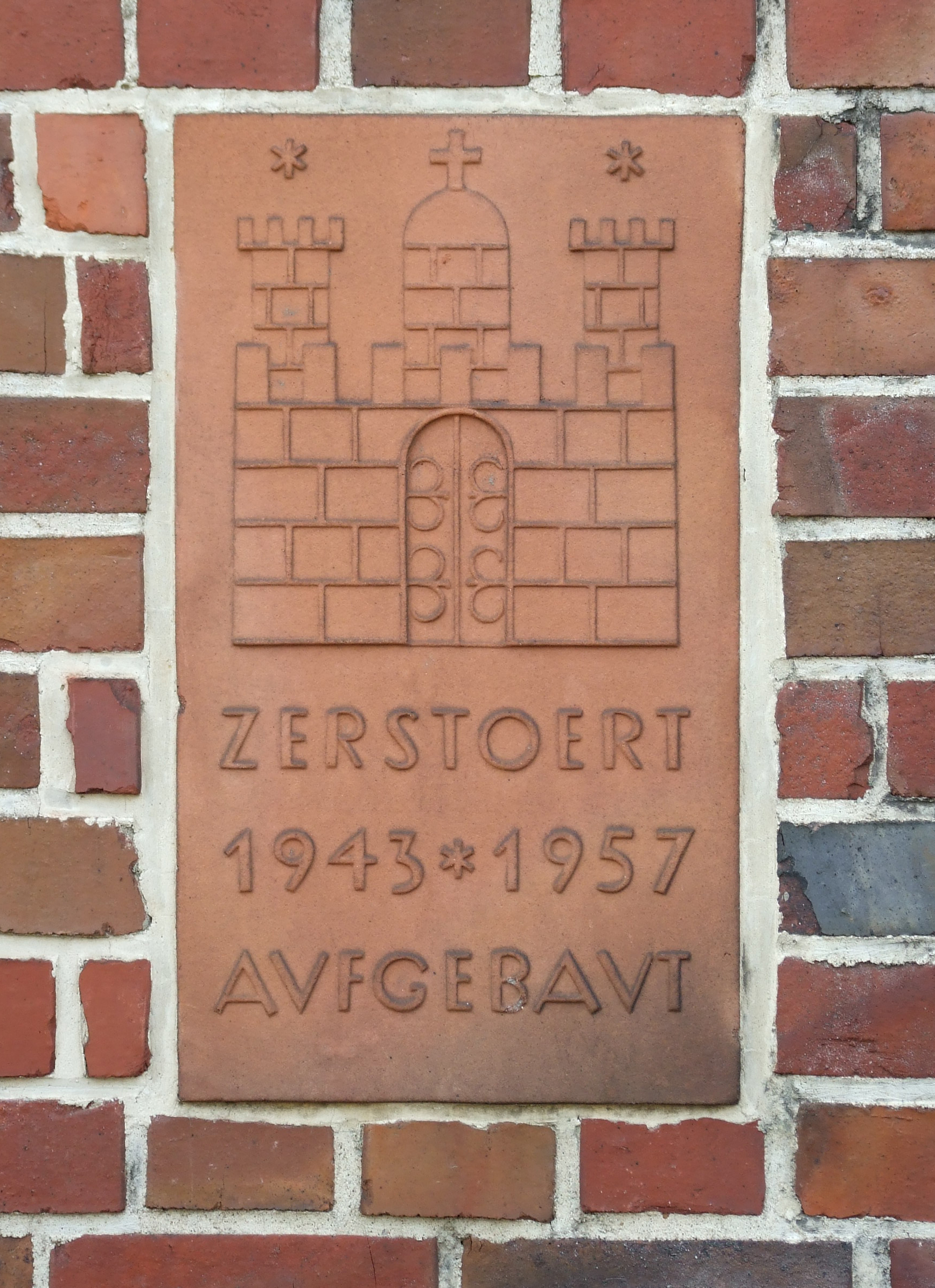The lyrics are great and really force you to think about life and how you’re spending your time. But there has always been one set of lyrics in this song that I could not get my head around, so I figured I’d parse them here for fun.
Around the middle of the song, Croce starts singing about his wishes and dreams that have and haven’t come true. It is these particular lyrics that lead to some confusion. Croce sings: “If I had a box just for wishes and dreams that had never come true, the box would be empty except for the memory of how they were answered by you.”
Uh, what? You know, one tenet of writing is avoid using negatives, especially double negatives. For example, it’s bad form to write, “That’s not something I don’t like.” Such a sentence causes unnecessary confusion.
Well, if that’s true, then Croce definitely violates some rules with his lyric. I mean, “If I had a box just for wishes and dreams that had never come true? The box would be empty except for the memory of how they were answered by you”?
Every time I've heard this lyric, I've been like, “Wait...what?” But to be honest, it sounds like Croce is trying to convey something beautiful and deep, so let’s see if we can deconstruct the line. OK, so, first off, “If I had a box just for wishes and dreams that had never come true, the box would be empty...”
All right, I think I get that. If Croce had a box that contained both wishes and dreams of his that had never come true this box would be empty. That means all his wishes and dreams have come true. Yippee!
But wait. In the next breath, he actually says that this box of wishes and dreams that had never come true “would be empty except for the memory of how they were answered by you.”
OK, so in my mind, at the end of the day, all the lyric essentially means is this: In my imagined box of wishes and dreams that have never come true, there is just one “item," and that's the memory of how my wishes and dreams were answered by you. This memory of my wishes and dreams being answered by you would be in this box of "wishes and dreams that never came true" because I don’t have this memory. I wish I did, but I don't. You never answered, or fulfilled, my wishes and dreams, woman!
Basically, I got all I wanted in life, but I didn’t get what I wanted from you. Crazy, line, huh? I guess the bottom line is this: Avoid writing in the negative.
If I had a box for wishes and dreams that had come true, the box would be nearly filled, but the one thing missing would be the memory of how you answered these wishes and dreams of mine.

